Language Basics |
The Cree Alphabet
Source: Cree: Language of the Plains by Jean L. Okimasis. Chapter 2
“Fourteen letters of the Roman alphabet are used to represent the sounds of the Cree language, compared to the twenty-six letters used for the English language. These letters represent seventeen distinct sounds. The ten consonants are c, h, k, m, n, p, s, t, w, and y.
Most consonants are pronounced similar to their English counterparts but there are four that need special attention. These four are c, k, p, and t
- c: pronounced like the “ts” in cats.
- k: pronounced as a cross between a “g” in “gill” and “k” in “kill” but it is never the hard “k” sound in a word such as “kick.”
- p: a cross between the “p” in “pit” and the “b” in “bit” when it is in the beginning and in the middle. It has a softer aspirated sound when it is at the end of a word.
- t: is pronounced like the “t” in “stanza.” In other words it is a cross between the “t” in “tin” and the “d” in “dim.”
Four symbols are used to accommodate the long and short vowel sounds of Cree. A special diacritical symbol is used to differentiate the long vowel sound from the short vowel sound. The short vowel sounds are not specially marked and they are spoken quickly. Short vowels are a, i, and o.
- a: pronounced like the first “a” in “appeal.
- i: pronounced like the “i” in “if.”
- o: pronounced like the initial “o” in “oppose.”
- Long vowels are: ā, ī, ō, and ē.
- ā: pronounced like the “a” in “fa” as in “do, ray, me, fa, so, la, ti, do.”
- ī: pronounced like the “i” in “machine.”
- ō: pronounced like the “o” in “sole.
- ē: pronounced like the “e” in “berry” or the “a” in the word “acorn.””
Language StructuresLearning about the structure of Cree - how words are formed, verb tenses, and sentence structures - is key to developing fluency and cultivating a deeper understanding of the Cree language and culture. Understanding the language structure is important when putting words together to form sentences and more complex ideas. |
Common Phrases
Test your understanding of Cree phonetics (described above) by annunciating the following Cree words.
|
English |
Cree |
|
Hello |
tânisi |
|
Goodbye |
Êkosi (meaning “that’s all), mwêstas (meaning “later”) |
|
Yes |
âha |
|
No |
êkâ |
|
What do you want? |
kîkwaya |
|
Sorry |
nimihciyawêsin |
|
Thanks |
Kitatamihin (meaning “you please me by your gesture”) |
Cree Dictionaries
Miyo Wahkohtowin Community Education Authority (MWCEA) and Dr. Earle Waugh Dir. Center for Culture & Health Family Medicine, University of Alberta partnered to develop a web based interactive First Nations language portal with dictionary and curriculum based resources to further the development for Cree language in Canada.
|
|
|
Alphabet(s)
The standard roman orthography (sro) is used on this website is based on only ten consonants and seven distinct vowels. This limited set of symbols are used to spell out the Cree vocabulary. There are only ten consonants: c, h, k, m, n, p, s, t, w, and y." The short vowel sounds are represented by a, i, and o, while a, i, o, and e represent long vowel sounds when spoken.
More (Cree Language of the Plains - by Jean L. Okimāsis - 2018)
Syllabics
Unified Canadian Aboriginal Syllabics is a Unicode block containing syllabic characters for writing Inuktitut, Carrier, Cree (along with several of its dialect-specific characters), Ojibwe, Blackfoot and Canadian Athabascan languages. Additions for some Cree dialects, Ojibwe, and Dene can be found at the Unified Canadian Aboriginal Syllabics Extended block.
Integrated English
When speaking Cree, it is often required to integrate words from other languages (generally English) because a Cree equivalent has not been developed. This is common to all languages, especially when referencing a person's name, or a location. Language integration is an important part of language development - integration can go either way - English within Cree, or Cree within English - whichever is a better way of communicating between the speaker and listener.
We encourage the integration of Cree phrases while speaking English in order to build vocabulary between both speaker and listener. This first step to speaking Cree can then be extended with structured sentences that incorporate verbs, nouns, adverbs, and adjectives (etc.). Developing these initial sentences often is built from topical conversations about the weather, dining, sports, and daily living.

